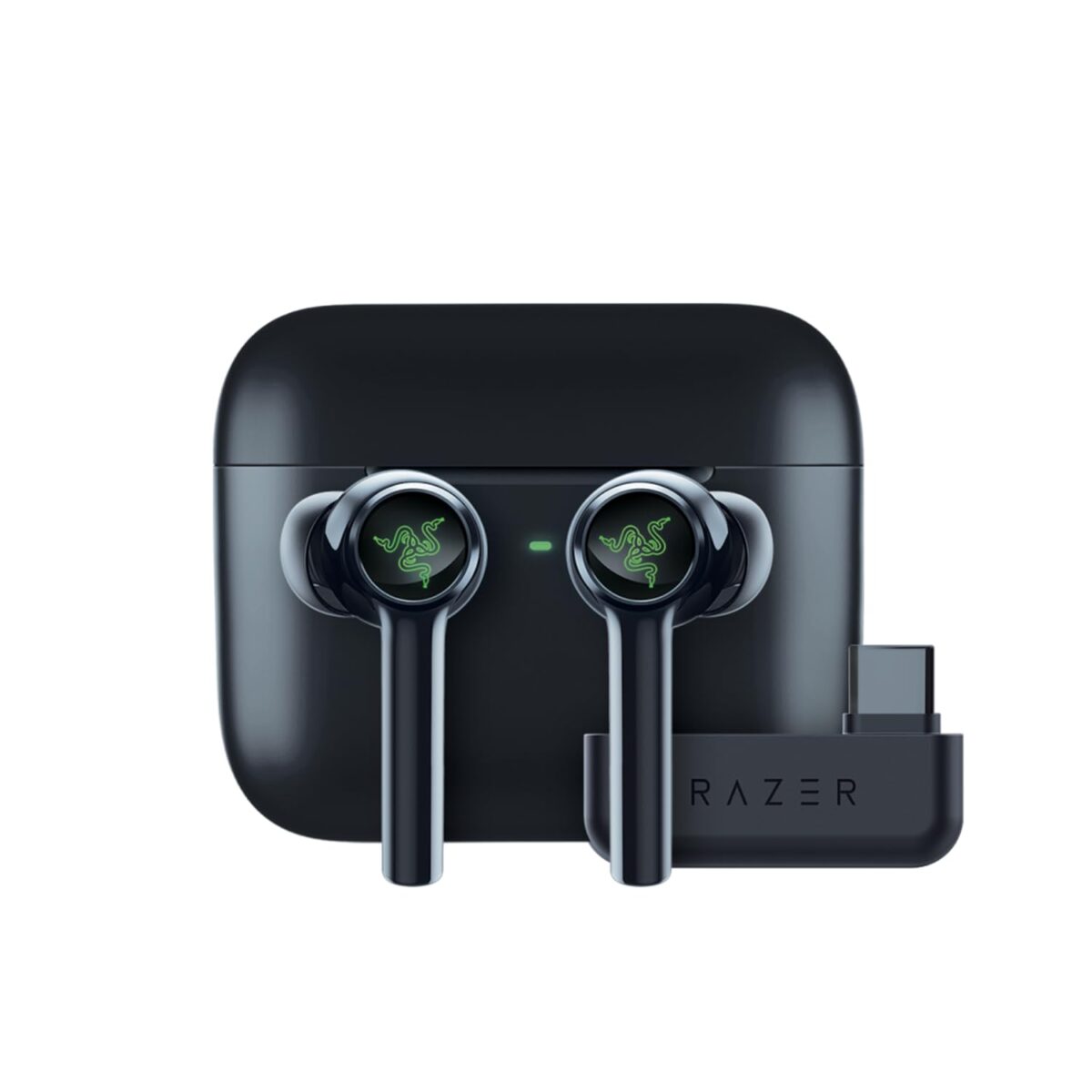Overview of Tesla’s Robotaxi
Tesla has officially rolled out its long-awaited fully autonomous Robotaxi service in Austin, Texas. This launch represents a major achievement for the Tesla AI team, which has been developing this technology for ten years. Elon Musk, Tesla’s CEO, took to social media to convey his congratulations to both the software and hardware teams for this milestone.

Initial Impressions and Feedback
Initial users of the Robotaxi have shared their feedback online, emphasizing the smooth app interface and distinctive rider experiences. A user named Zack posted a video demonstrating the app’s tipping feature, playfully showcasing a Cyber-themed Hedgehog instead of a typical tip-processing unit, reflecting Tesla’s commitment to enhancing user experience.
Geographical Limitations and Coverage Area
The starting service area for Tesla’s Robotaxi is somewhat restricted, encompassing about half of what Waymo services in Austin. Nevertheless, Tesla is anticipated to quickly expand this coverage as the service gains momentum and collects additional data.
Robotaxi App and Branding Strategy
The newly launched Robotaxi mobile app is accessible for early access passengers, offering an intuitive interface for ride bookings. Tesla has implemented a discreet branding strategy for the Robotaxis, featuring the logo in a subtle manner, as all bookings occur via the app.
Pricing Structure and Economic Implications
Within the Early Access Program, rides are charged at a standard rate of $4.20, although the final pricing structure, which may take into account factors like distance and duration, has not yet been announced. This pricing approach positions Tesla favorably in the autonomous ride-hailing sector.
Conclusion
The launch of Tesla’s fully autonomous Robotaxi marks a revolutionary advancement in the transportation sector. By harnessing cutting-edge AI and a user-centric mobile app, Tesla aims to transform urban mobility. With intentions to broaden service areas and fine-tune pricing models, Tesla is focused on making autonomous transportation available to a larger population.
Questions and Answers
Q: What distinguishes Tesla’s Robotaxi from other autonomous vehicles?
A:
Tesla’s Robotaxi deploys sophisticated in-house developed AI along with a specially designed chip, resulting in a completely autonomous experience that eliminates the need for a driver.
Q: How can passengers request a Tesla Robotaxi?
A:
Passengers can arrange for a Tesla Robotaxi through the dedicated Robotaxi mobile app, which provides an accessible interface for booking and managing rides.
Q: What is the starting service area for Tesla’s Robotaxi?
A:
The initial service coverage is currently confined to a section of Austin, Texas, but further expansion is anticipated as Tesla gathers more data and enhances its service offerings.
Q: What is the fare for a ride in a Tesla Robotaxi?
A:
During the Early Access Program, rides incur a standard fee of $4.20, though the ultimate pricing model has yet to be finalized.
Q: Are there any special features in the Tesla Robotaxi experience?
A:
Indeed, the Tesla Robotaxi includes a rear-screen welcome for riders, and the app features a whimsical tipping option with a Cyber-themed Hedgehog graphic for user interaction.
















